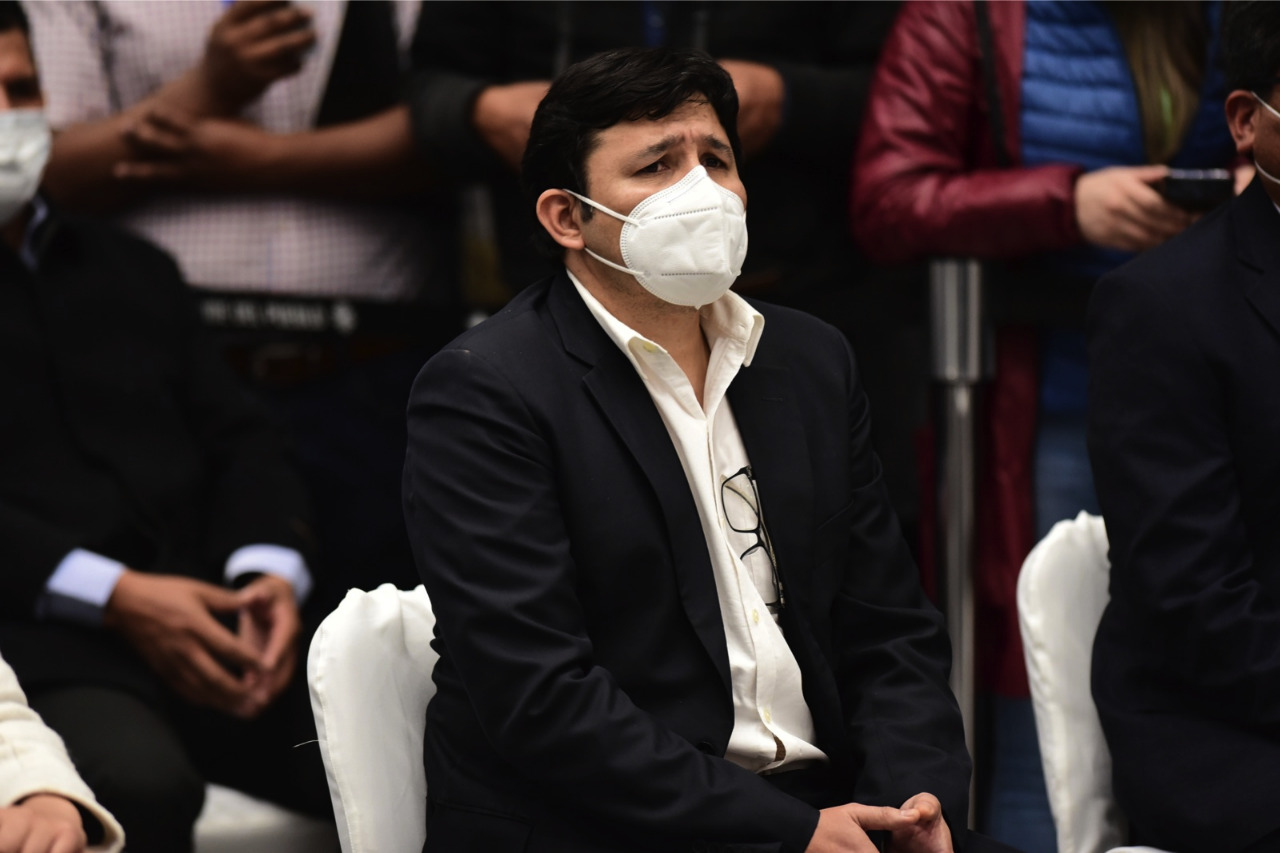
(Argus, 31.Dec.2020) — Bolivia’s new government is looking to cut diesel imports by encouraging exploration with a focus on liquids and transitioning its transportation sector to natural gas, the country’s main export. In his first interview with English-speaking media, hydrocarbons minister Franklin Molina shared his perspective with Argus.
Spain’s Repsol just discovered one trillion cubic feet of gas at the Boicobo well in Chuquisaca. What does this mean for Bolivia?
This was successful exploration on the mature Caipipendi block by the consortium of Repsol, Shell and PAE (Pan American Energy), and it will increase our reserves and help us fulfill contracts with internal and external markets.
Have new volumes been established in the export contracts?
We have contracts with Argentina and Brazil, which are our principal gas markets. We are complying with the contract conditions. As I have said in the past, there are elements in the contracts we need to examine. This is obviously Brazil’s case, because the most recent addendum was signed after negotiations by a government (of interim president Jeanine Anez) we believe was illegitimate. We are in the process of reviewing the contract.
State-owned YPFB plans to drill the Gomero well in Pando department. What is the wider exploration strategy?
Gomero is part of a plan that began a few years ago to explore in non-traditional areas. The objective of Gomero is to investigate the potential of the Madre de Dios basin for gas and liquids. We are particularly interested in liquids. Bolivia is primarily a gas-producing country and we would like to discover liquids, which we have to import. We are considering a mechanism to offer incentives to produce crude on marginal and small fields that will help us lower our import bill.
Have you spoken with private-sector operators about their plans for 2021?
I have had a series of conversations with the different operators in the country that have been positive. The result will be an increase in the PTPs (work and budget programs) for exploration and production in 2021.
Bolivia and Paraguay signed a preliminary agreement in 2019 to build a natural gas pipeline. Is that option still under consideration?
A pipeline to Paraguay is not in our plans. The technical and economic conditions do not exist to justify this kind of an expense because demand is not there.
What is happening with the urea and ammonia plant? Will it reopen?
Definitely. The plant (700,000 t/yr) has been shut now for more than a year. YPFB is working on a reactivation plan to repair equipment and guarantee feedstock. Our goal is to have the plant operating again in the first half of 2021. We have a series of projects (plants to produce methane and formaldehyde) that are critical for urea production but they were stopped. We hope to have them ready in 2021 as a way of guaranteeing production and sale of urea in domestic and international markets.
Bolivia signed an agreement with Russia’s Acron in 2019 to produce and distribute urea. What happened with that agreement?
The contract with Acron is still in place, but it was paralyzed like nearly everything else in the industry during the 12 months of the de facto government. We have told Acron that we want to rekindle our relationship and work together based on the original memorandum we signed.
A gas-to-diesel plant has been on the table for years. Is this still feasible?
GTL (gas-to-liquids technology) remains a very expensive option for us. We are now working on an import substitution strategy that relies on natural gas for cars and LNG for larger vehicles. In 2021, we are going to re-launch a project to produce biodiesel using our oilseed crops (soybeans) that will help us reduce dependency on imported diesel. It will also help us to continue developing agriculture and internal manufacturing, which will create jobs.
Does this fit into Bolivia’s plans for energy transition?
Bolivia has started a transition to decarbonize our energy sector that includes the biodiesel project and the construction of renewable energy plants using our solar and wind capacity. It is important to keep in mind that the use of gas is a first step in energy transition, and Bolivia’s energy matrix is a mix of renewables and gas. The objective is an energy sector that is based primarily on renewables by the end of this decade.
__________
By Lucien Chauvin

